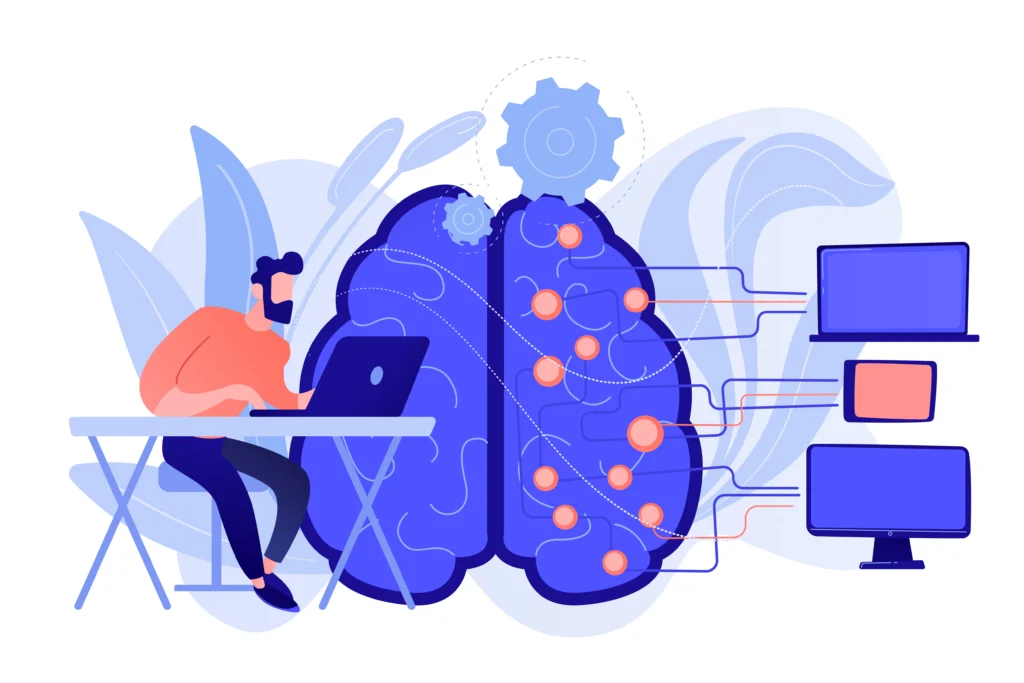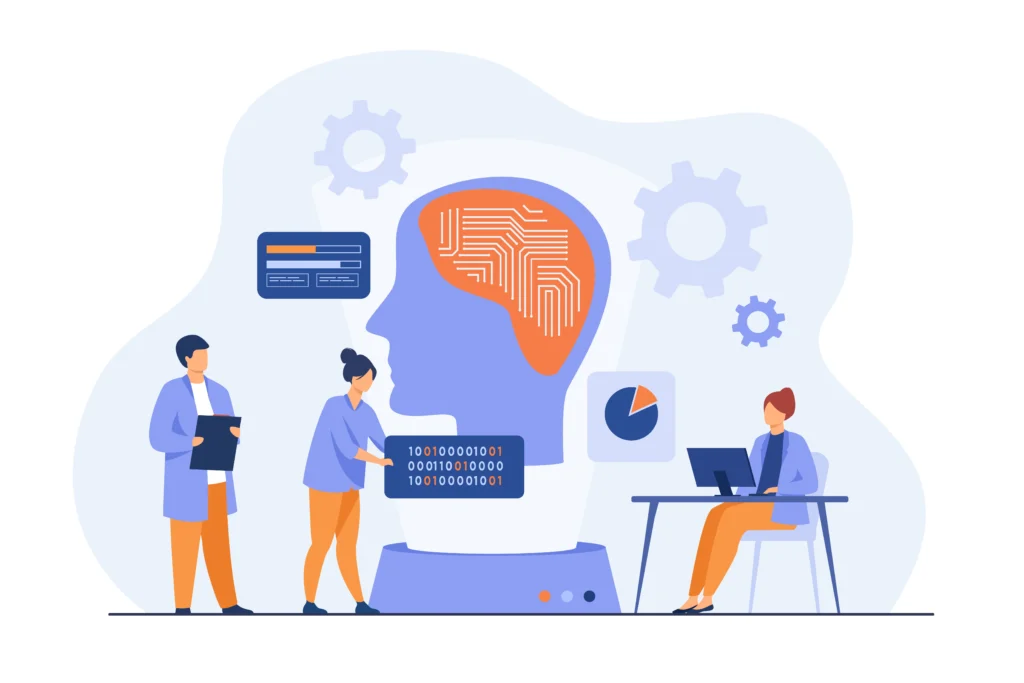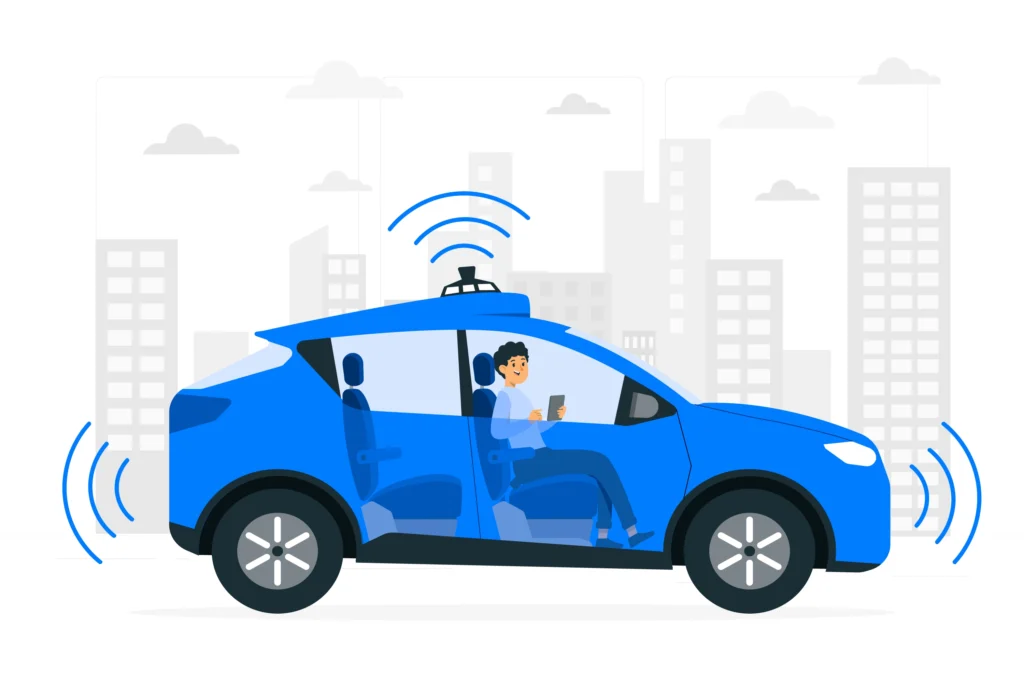Introduction to Machine Learning Models
The artificial intelligence area of Machine learning (ML) allows computers to learn from data and make judgments or predictions without explicit programming. It operates by finding trends in data and gradually enhancing performance with increased practice. Tasks such as fraud detection, speech recognition, and recommendation systems frequently use Machine learning models. Depending on the task and data type, they can be taught using a variety of techniques. All things considered, ML is transforming sectors by automating difficult jobs and facilitating more intelligent decision-making.
Ex: Computers can learn from data to make judgments without direct programming, thanks to Machine learning. With more data over time, it discovers trends and gets better. Spotify suggested tracks based on your listening history, for instance.

What are machine learning models?
Machine learning models are functions that allow computers to learn from data and make predictions or decisions without being explicitly programmed.
These models are powerful tools that help computers recognize patterns, improve over time, and solve real-world problems.
Unsupervised learning models
Unsupervised learning models work with untagged data.
These models try to find hidden patterns, structures, or relationships in the data without any predefined outputs.
Reinforcement Learning Models
These models learn by interacting with an environment and receiving rewards or penalties based on their actions.
Machine learning models are changing the industries by enabling automation, prediction, decision making, and from finance to healthcare. Machine learning models are essential to enabling Artificial Intelligence.
Types of Machine Learning Models
Labeled data is used to inform supervised learning.
Example: Estimating the cost of a home based on characteristics like location and size.
Common algorithms include support vector machines, decision trees, and linear regression.
Unsupervised Education
discovers trends in unlabeled data.
Example: Segmenting customers according to their purchasing habits.
Typical algorithms include PCA, K-Means, and Hierarchical Clustering.
Learning via Reinforcement uses rewards and penalties to learn by making mistakes. For instance, an AI game learning to play chess or a robot learning to walk.
Important Ideas: Environment, Agent, Reward, and Policy.
What are neural networks?
Neural networks are a type of Machine learning model and are inspired by the structure and functions of the human brain. They consist of interconnected layers of neurons, and they learn from it, and they make predictions that learn from data.

A neural network has three types of layers.
1. Input Layer
2. Hidden Layer
3. Output Layer
Input Layer
This is the first layer that gets input data. Each neural layer represents the features from the data.
Hidden Layer
This layer comes between the input and output layers. It works exactly like the input data.
Output Layer
This final network finds the output of the neural networks. The number of neurons shows how much you want to predict.
Types of Neural Networks
Each neural network is for different types of tasks:
Feedforward Neural Networks (FNNs): The most basic type of neural network, where there are no cycles in the connections between the nodes. FNNs are commonly used for tasks like regression and image classification.
Convolutional Neural Networks (CNNs): They are mainly designed for the processing of grid data, especially images. These use the layers to learn the entire structure of features, and these are automatic and very flexible.
Recurrent Neural Networks (RNNs): This type of neural network is mostly good for constant data, such as time series, text, etc. It has a loop, which permits the information to persist and helps in doing tasks like language design and translation.
Generative Adversarial Networks (GANs): This contains two networks, like a generator and a discriminator, which will compete against each other. These are mostly used to generate actual images and different forms of content.
Real-World Applications
Image and Speech Recognition: The network is used for daily usability, like tagging photos of friends, relatives, and others, to convert speech to text, which shows these powers with powerful accuracy.

Natural Language Processing (NLP): It helps to generate human languages by using tools like chatbots, translation services, and sentiment analysis tools, etc
Autonomous Vehicles: Neural networks are used for self-driving cars because they help to process sensors and their data, make decisions, and help to travel safely.
Medical Diagnosis: It is another field where neural networks are being used, as this helps in diagnosing diseases just by analyzing the medical images, such as X-rays and MRIs, which helps in improving the speed and accuracy of medical diagnosis.
Challenges and Future Directions
Neural networks are mostly known for their credible potential, but they also have some challenges. The training of neural networks requires large datasets and substantial computational resources. And these are also machine-learning models.
These networks are commonly seen as black boxes because of their complex structures, and it is very hard to interpret their decision-making process.
Many researchers are actively working to overcome these challenges by developing more efficient and effective algorithms, aiming for improved accuracy across various fields. So it helps in creating future decisions and all. Moreover, they were developing more interpretable models, also decreasing the extensive labeled data needs by the usage of techniques like transfer learning and unsupervised learning.
The Building Blocks: (Artificial Neural Networks) ANN
Imagine these as the vast interconnected networks called neurons; each one of them will be processing and passing the information. ANNs are developed from the inspiration of the human brain on how to learn and process information.
Going Deeper: Deep Neural Networks (DNNs)
It’s like many layers on top of each other, and deep means the number of layers. This works when data transfers through these layers; it will identify the increasingly complex features.
This is used for understanding the images and speech recognition, and also helps to translate languages.
Picture Perfect: Convolutional Neural Networks (CNNs)
These are specially designed for processing data. It works like detecting the features.
Memory Masters: Recurrent Neural Networks (RNNs)
These have some loops that allow the information to persist.
Whenever new data comes in, it considers both the new information and remembers the previous one. This is used for knowing sequences like forecasting stock prices, the next word in a sentence, and generating music.
Language Wizards: Language Models (LLMs)
These are for understanding and generating languages like humans. And it works like predicting what word or phrase comes next.
Conclusion
Understanding neural networks helps to learn and know the power of Artificial Intelligence. This influence creates a big impact on many different fields. And, surely, this will continue to be an important element in creating intelligent systems. This can learn everything from data science and improve over time as well. Moreover, this is applied in the real world, as it works more accurately. So it is obvious that the usage of such networks will increase day by day.
The fact is that if you understand neural networks, It will open many opportunities for you. Whether you are a beginner or an experienced one, learning the basics of neural networks gives you the key to unlock the power of Artificial Intelligence and countless opportunities.